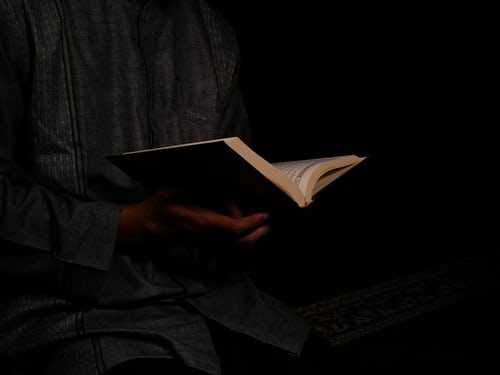Inspiring Older Readers
 posted on 08 Jul 2016
posted on 08 Jul 2016
1812: Napoleon’s Fatal March on Moscow by Adam Zamoyski
Adam Zamoyski’s 1812: Napoleon’s Fatal March on Moscow has been rightly acclaimed as an epic of narrative history, doing for Napoleon’s invasion of Moscow what Anthony Beevor has done for crucial battles of the second world war – make huge military and geo-political episodes as thrilling, as affecting, and as emotionally alive as they are significant.
I read this because I realised how shockingly little I actually knew about Napoleon and the revolutionary wars. I thought a book that focused on a single specific campaign might be easier to digest, and I chose this one because of the uniformly excellent reviews. I hadn’t expected to find a towering masterpiece, but that is what it is.
As well as shaping this harrowing narrative and driving it ever forward with his lucid, never over-written prose, Zamoyski has threaded through it an unprecedented number of eyewitness accounts culled from journals, diaries, private correspondence and memoirs. At times, in addition to all the major historical sources, it seems Zamoyski has seen and read everything of any significance – in any language – regarding Napoleon’s Moscow campaign.
Many of these eyewitness accounts have an almost photojournalistic immediacy, but what gives the book its greatest power is the fluid, fluent, rigorously controlled way Zamoyski uses them to vary the pace and perspective of his narrative and alternate the huge and panoramic with minutely observed, shockingly intimate personal tragedy.
During Napoleon’s retreat from Moscow, it wasn’t just military discipline that collapsed; it was every last semblance of humanity. Horses were butchered while still alive because once dead their flesh froze solid. The still-warm meat, blood and internal organs were eaten raw because few troops had cooking vessels and lighting fires in howling snow and temperatures of thirty-below was virtually impossible. As horses became scarce – Napoleon’s forces alone lost an estimated 50,000; they were ridden until their backs quite literally rotted away – cannibalism spread. “No fallen horse or cattle remained uneaten, no dog, no cat, no carrion, nor, indeed, the corpses of those who died of cold or hunger,” wrote a Lieutenant Vossler.
An Adjutant Major Louis Gardier sees a barefooted infantryman trudging impassively through the snow and rutted ice, the soles of his feet detached – “unstitched” – and flapping behind him, every step leaving a bloody footprint. Comrades from the same regiment would murder each other for warmer clothes or a plundered fur coat. “Necessity,” wrote a Dr René Bourgeois, “had turned us into swindlers and thieves, and without a trace of shame we stole from each other whatever we required.”
At Berezina, Napoleon’s retreating forces, accompanied by tens of thousands of fleeing civilians, were gathered in vast crowds as they waited to cross the freezing river. Sappers froze to death in the icy currents as they struggled to erect two makeshift bridges. Troops and civilians alike were shelled relentlessly by Russian cannon. In this carnage a Captain von Kurz observed a beautiful young woman who was fleeing on horseback with her four year-old daughter. A shell killed the horse on which they were riding and also shattered the woman’s leg. She could go no further. He saw her tenderly kiss the child and then strangle her, and lie down with the corpse in her arms to await death.
As the retreat mounted in desperation, harassing raids by Cossacks, opportunistic attacks by local peasantry, and the treatment meted out to prisoners and the wounded, sick and abandoned grew ever more brutal. The scale of the losses outstripped anything previously seen and would not be exceeded for a hundred years, until the first world war. Around a million troops and untold tens of thousands of civilians died. The human suffering was unimaginable.
Zamoyski has written an utterly compelling account that seems unlikely to be bettered for decades, and perhaps never. If you have the slightest interest in the period or in Napoleon or in the revolutionary wars, do read it. You will sometimes find yourself gasping for breath, even setting the book aside so you can rest from its horrors. But you will never read it with anything less than the utmost admiration for Zamoyski’s skill and the apparent ease with which he carries out this gargantuan undertaking.
Alun Severn
July 2016